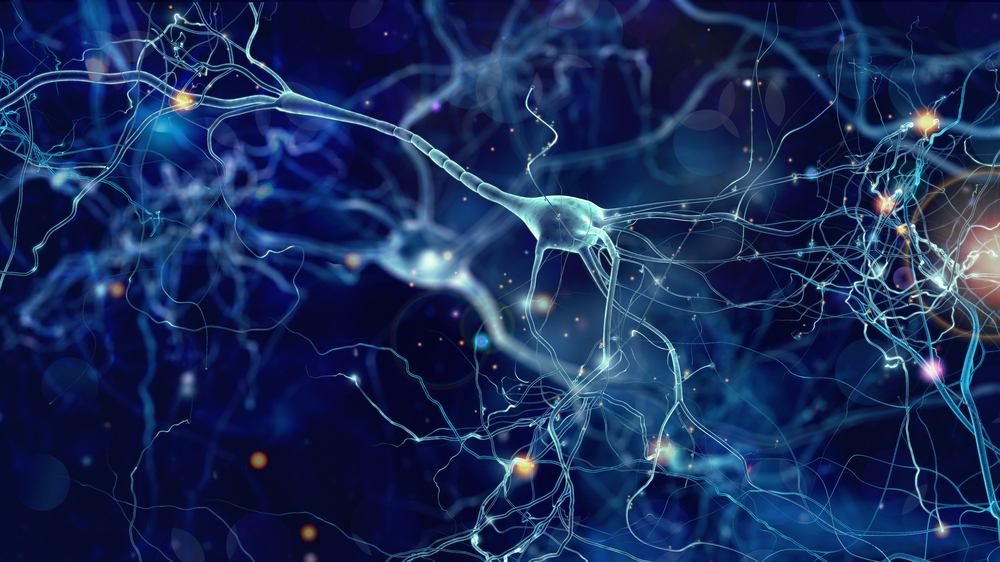Highlights:
- The company’s initial version of the model, which appeared in 2021, was concentrated on a single class of biomolecules: proteins.
- Apart from predicting the biomolecules’ shape, the model can also estimate how they will respond under various conditions.
An artificial intelligence research unit of Google LLC, Google DeepMind unveils AplhaFold neural network’s latest version for biologists.
The physical structure of a biomolecule, like a protein, is one of the elements that affects how it behaves. In the past, figuring out the form of molecules needed years of complicated research. Google’s AlphaFold family of artificial intelligence models can accelerate the task by automating scientists’ painstaking labor.
The company’s initial version of the model, which appeared in 2021, was concentrated on a single class of biomolecules: proteins. The most recent AI version described by Google DeepMind, called AlphaFold 3, is also capable of predicting the structures of ligands, DNA, RNA, and other biological building blocks. Furthermore, it achieves this with greater accuracy than current techniques.
In an internal experiment, researchers at Google DeepMind utilized AlphaFold 3 to forecast the structure of an enzyme that consists of essential sugar molecules, proteins, and ions—atoms carrying an electric charge. This enzyme can harm plants and is present in a particular kind of soil-borne fungus. Google claims that the results of AlphaFold 3 may be able to assist scientists in creating better crops.
Apart from predicting the biomolecules’ shape, the model can also estimate how they will respond under various conditions. “AlphaFold 3 can model chemical modifications to these molecules which control the healthy functioning of cells, that when disrupted can lead to disease,” Google’s DeepMind researchers reported.
“AlphaFold 3 is 50% more accurate than the best traditional methods on the PoseBusters benchmark without needing the input of any structural information, making AlphaFold 3 the first AI system to surpass physics-based tools for biomolecular structure prediction,” stated Google DeepMind.
To get that accuracy boost, Google improved the Evoformer, a part of AlphaFold 3. This module completes many of the preliminary tasks required in predicting the structure of a biomolecule. It was carried over from the previous version of the model.
Large language models are known to have a characteristic called the attention mechanism, which the Evoformer implements. When analyzing a piece of input, a neural network can consider a multitude of contextual details due to an attention mechanism. The Evoformer also has capabilities that enable it to reason directly about the spatial and evolutionary interactions between molecules due to Google DeepMind.
The module is combined with a diffusion network in AlphaFold 3. This kind of AI is the most popular application in image-generating tasks. As per Google, the diffusion model initiates the molecule analysis process using a digital object that symbolizes an atom cloud. It then uses a slow, multi-step process to transform this cloud into the biomolecule’s structure under study.
Scientists can now access AlphaFold 3 due to a new cloud service offered by the search giant dubbed AlphaFold Server. Google claims it offers free access to most of the model’s functionality.
In addition, the AI is being used by Alphabet Inc.’s Isomorphic Labs drug design division to assist in its research. The subsidiary works with several pharmaceutical firms to determine how AlphaFold 3 could expedite their processes. Isomorphic Labs will also use AI for several internal research initiatives.
Google researchers wrote, “AlphaFold 3 brings the biological world into high definition. It allows scientists to see cellular systems in all their complexity, across structures, interactions, and modifications.”





























































